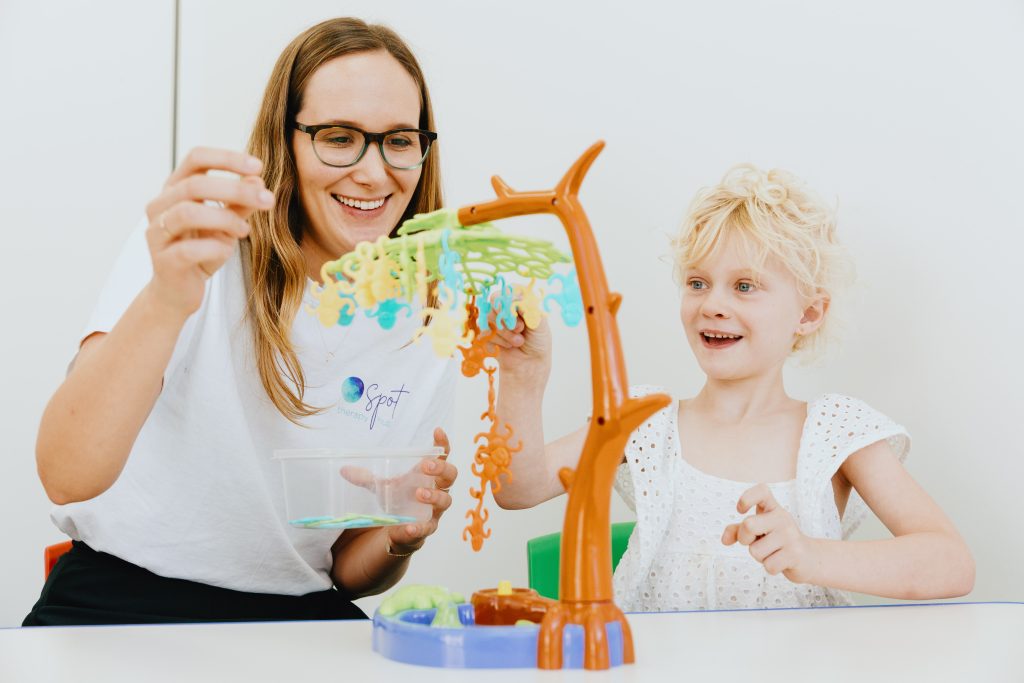


Autism Spectrum Disorder, as defined diagnostically, often includes persistent deficits in social communication and interactions across various contexts. In everyday scenarios, these deficits can manifest as behaviours that are sometimes labelled as ‘naughty’ or ‘difficult’ when exhibited by Autistic children. Instances like calling out in class, seeking refuge under a table during group activities, or straightforwardly refusing to comply with instructions may all be deemed ‘inappropriate.’ Consequentially, therapy goals are frequently centered around moulding the child’s behaviour into what is considered ‘appropriate.’ However, it’s imperative to delve deeper into why these behaviours manifest. Behaviours, for these children, are a form of communication, a way to express their needs, wants, and feelings.
Social interactions are intricate and multifaceted. A seemingly simple conversation comprises a multitude of subtleties and non-verbal cues that Autistic children may find perplexing to grasp. Within the realm of therapy, it is indeed vital to assist these children in comprehending social language, as it forms the bedrock for meaningful and positive interactions in various spheres of life, be it school, work, or personal relationships. The challenge lies in how we approach this inherently intricate objective and, in the quest, to decipher ‘what is appropriate behaviour.’
The notion of ‘appropriate behaviour’ is a multifaceted one, largely contingent on external factors such as culture, location, and the people involved. What is deemed ‘appropriate’ in one context may be considered unacceptable in another. Autistic children may grapple with identifying and interpreting contextual cues, thereby struggling to respond in ways conducive to their success. For instance, a child overwhelmed by a group activity might resort to lying on the floor and covering their ears. They are then instructed to express their desires verbally instead of through disruptive behaviour. However, when the child verbally declines participation, they may face reprimand for not following instructions. Each step taken toward achieving ‘appropriate’ behaviour might be met with negative feedback, creating a disheartening and overwhelming cycle. This relentless pressure could ultimately push the child to resort to behaviours that are even less appropriate, potentially including self-injurious acts.



In the context of therapy, instead of imposing explicit rules defining ‘acceptable’ behaviour, it can be more functional to focus on nurturing a set of skills that enables the child to analyses and respond to various social interactions. This approach centres on fostering thinking and feeling.
For instance, consider Bellini’s concept of the three components that constitute a cycle of social interaction:
Moreover, our ACTIONS can also influence the thoughts and feelings of the other individuals involved, perpetuating their own cycles of thought and emotion. Understanding the interplay between one person’s thoughts, feelings, and actions and their impact on others forms the cornerstone of social interactions.
By mastering the application of this process, Autistic children can navigate their emotions in social settings, which, in turn, influence their actions and thoughts. Building proficiency in one context empowers them to adapt to new and diverse scenarios.
Applying this concept, it is equally vital for communication partners of Autistic children to be aware of the impact of their actions on the child. Thoughtful consideration of words and the reflection of one’s mindset are key. For instance, referring to a child as ‘argumentative’ or ‘demanding’ often fails to acknowledge the child’s sincere attempts to communicate their message.
In conclusion, let us emphasise the value of embracing neurodiversity, redefining what we consider ‘appropriate,’ and nurturing a deeper understanding of the complex world of Autistic individuals. By recognising behaviours as forms of communication and focusing on fostering thinking and feeling, we can collectively empower these children to thrive in a diverse and dynamic social landscape.